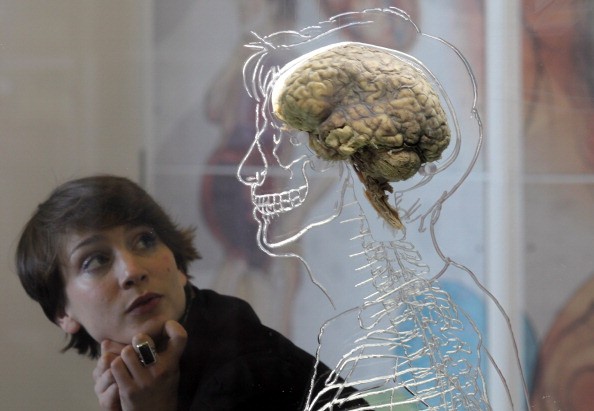Real-life Matrix simulation could be possible based on the new study of some Australian researchers from the Cortical Labs. If this is true, then the fans of the iconic "Matrix" films would definitely be excited.

In the popular Hollywood movie, the main characters are going in and out of the simulation world that allows them to do things that normal humans can't normally do.
These include dodging bullets, jumping from buildings, and other fictional activities. Neo, who was played by Keanu Reeves, can do all this stuff while his body is safely contained in a laboratory.
Now, it seems like this could soon happen based on the new study of Cortical Labs. Here are its other details.
Real-Life Matrix Simulation
The new researcher titled "In vitro neurons learn and exhibit sentience when embodied in a simulated game-world," which was published in the Cold Spring Harbor Laboratory, explained that involved scientists gathered hundreds of thousands of brain cells from humans.

Also Read : Did Elon Musk Answer the Climate Crisis with Tesla Clean Energy? Senator Bernie Sanders Asks
"Harnessing the computational power of living neurons to create synthetic biological intelligence (SBI), previously confined to the realm of science fiction, is now tantalizingly within the reach of human innovation," explained the involved Australian experts.
These biotechnological hybrid cells called "DishBrain" were trained to play the popular single-player version of the iconic "Pong" game. If you want to know specific details about the new brain cell study, all you need to do is click here.
Output of the New Brain Cell Study
According to RT's latest report, the DishBrain versions of the harnessed brain cells were able to beat other human participants who played "Pong" using their hands.
Experts confirmed that their match only lasted for five minutes. This is a great feat since players usually finish a game of "Pong" in around 90 minutes.
On the other hand, the Australian researchers also explained that the DishBrain cells were also trained to think that they are the actual paddles hitting the ball in the simulated environment.
This is just one of the unusual studies currently conducted. In other news, some former SpaceX engineers created a pizza-making robot. On the other hand, Elon Musk said that Neuralink could soon start brain implants by 2022.
For more news updates about brain cells and other science topics, always keep your tabs open here at TechTimes.
This article is owned by TechTimes
Written by: Griffin Davis
ⓒ 2025 TECHTIMES.com All rights reserved. Do not reproduce without permission.




